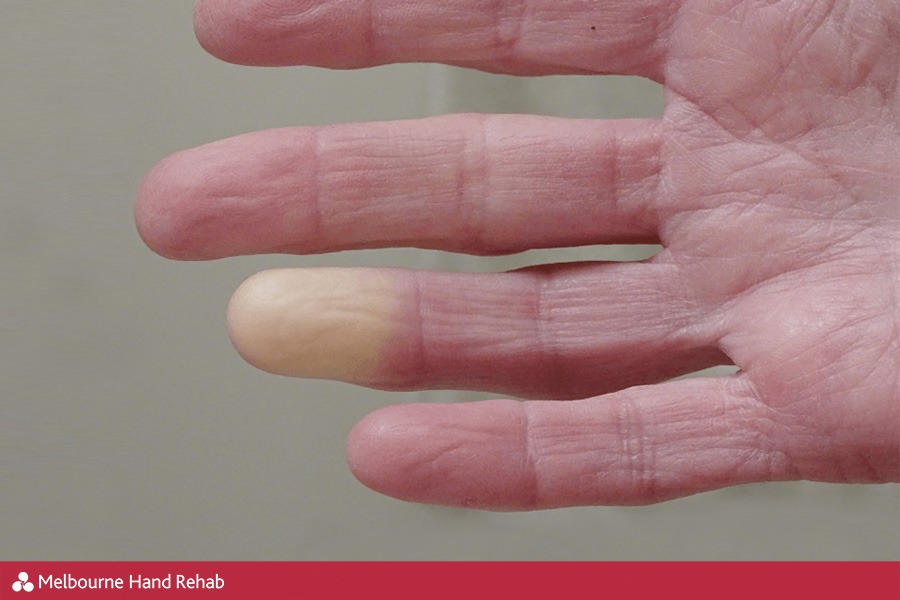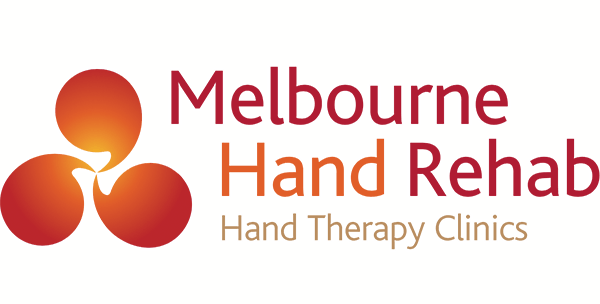
20 Aug Raynaud’s Disease: Cold, white fingers!
The first time my fingertips went cold and very white, I was a little freaked out. They looked white, almost dead. My thoughts were: What is happening? Is this dangerous? Why can’t I warm them up?
Maybe you have Raynaud’s
Raynaud’s affects your distal extremities such as your fingers and toes. They feel extremely numb and cold. It can be painful too. For example, when I was at one of my son’s football games my Raynaud’s kicked in. Because I was outside and there was nowhere to warm up, it got to the point of being painful. I felt like someone had hit my fingers with a hammer. I had to find the clubhouse and run them under warm water for a few minutes. It seemed like forever to get the colour and circulation back as I was missing my son playing.
Symptoms:
The small blood vessels in your fingers and/or toes narrow, causing extremely restricted blood flow. Colour changes, feeling cold, numbness, and stinging symptoms occur. Usually your skin turns very white. As you warm up, the circulation improves and your skin may turn a deep purple or red colour. Your fingers may also throb, tingle, or swell.
What causes Raynaud’s Syndrome?
The cause is unknown. Although, triggers include cold temperatures, stress, and there seems to be a genetic factor. Not only do I have Raynaud’s, but my 11 year old son and brother have experienced it as well.
There are two types of Raynaud’s
Primary Raynaud’s (usually called Raynaud’s Disease) is most common. This generally can occur in younger ages and is not triggered from any associated medical condition.
Secondary Raynaud’s (usually called Raynaud’s Phenomenon) is generally seen around the age of 40 and is sometimes associated by an underlying problem. For example: A hand or wrist injury or fracture can trigger secondary Raynaud’s. Also; tissue or blood vessel disease, carpal tunnel, smoking, and occasionally repetitive action. It is more common in females.
Is it dangerous?
Raynaud’s can affect your healing process from a hand injury. Due to the decreased circulation to your fingers, injuries can take longer to heal. It is important to let your hand therapist know if you have had symptoms so they can be addressed throughout your recovery. Less commonly, skin sores/ulcers or dead tissue (gangrene) are possible results.
Don’t let this scare you. There are many people who live with the annoying symptoms of Raynaud’s without complications. Although, it is important to discuss your symptoms with your doctor or hand therapist, especially if you are recovering from an injury.
What can be done?
If you have an injury, such as a fracture, surgery, or abrasion of the hand be sure to let your therapist know about your symptoms or if you think you have Raynaud’s.
Otherwise, be sure to keep your hands warm so as to not have an episode. If you are a smoker, this can trigger an attack as smoking also restricts blood vessels in the hands and feet. Assess your current medications. Some medications such as beta blockers, can additionally cause your blood vessels to narrow.
One of my favourite things to do is use the chemical hand warmers when I know I am going to be outside in the cold. I buy them by the bulk for football season. 🙂
There is no known ‘cure’ for Raynaud’s. The best thing you can do is prevent an episode and be informed.
If you are experiencing hand, thumb or wrist pain, don’t hesitate to get in touch. We’d love to help you.
BOOK AN APPOINTMENT
For more information, call us directly on 03 9458 5166



